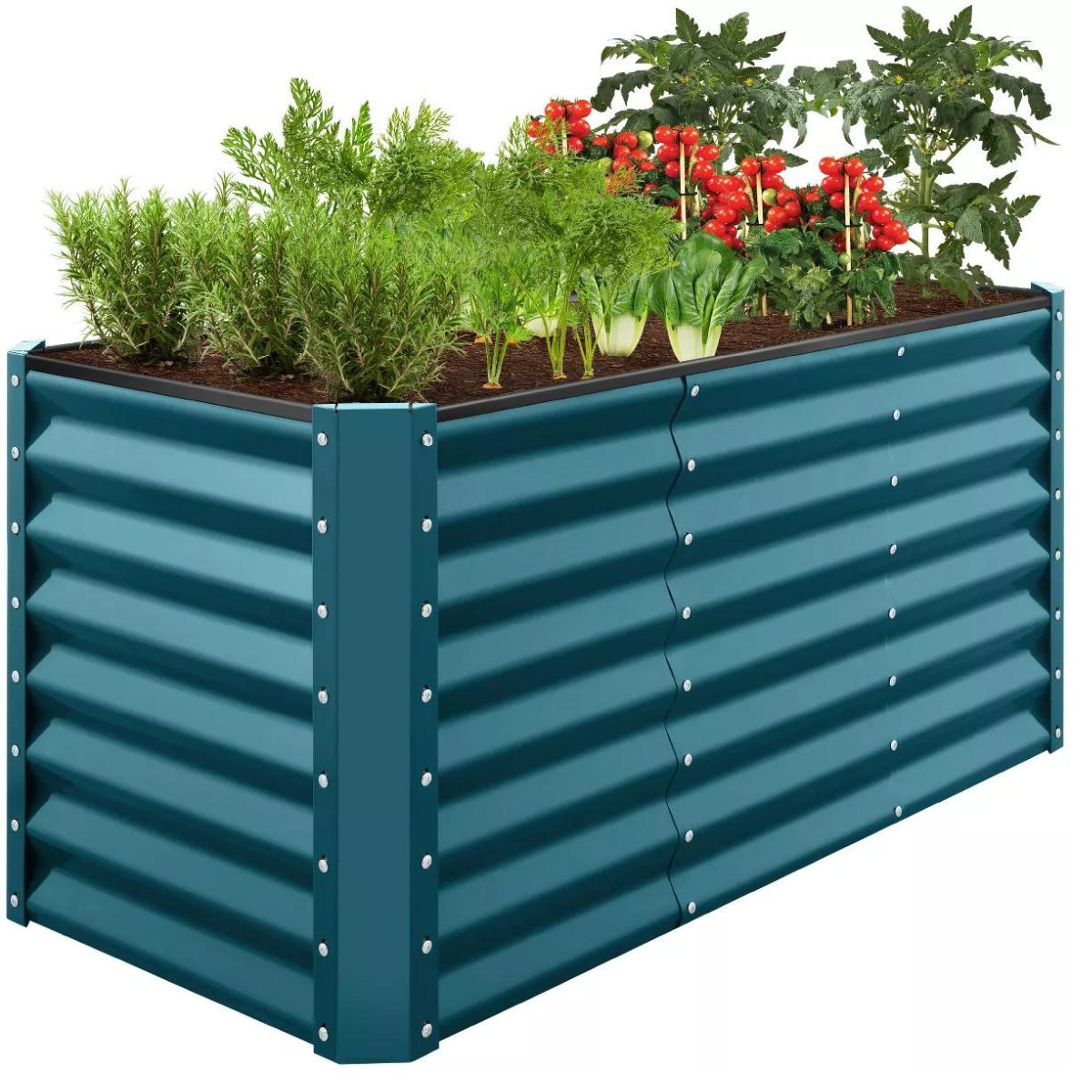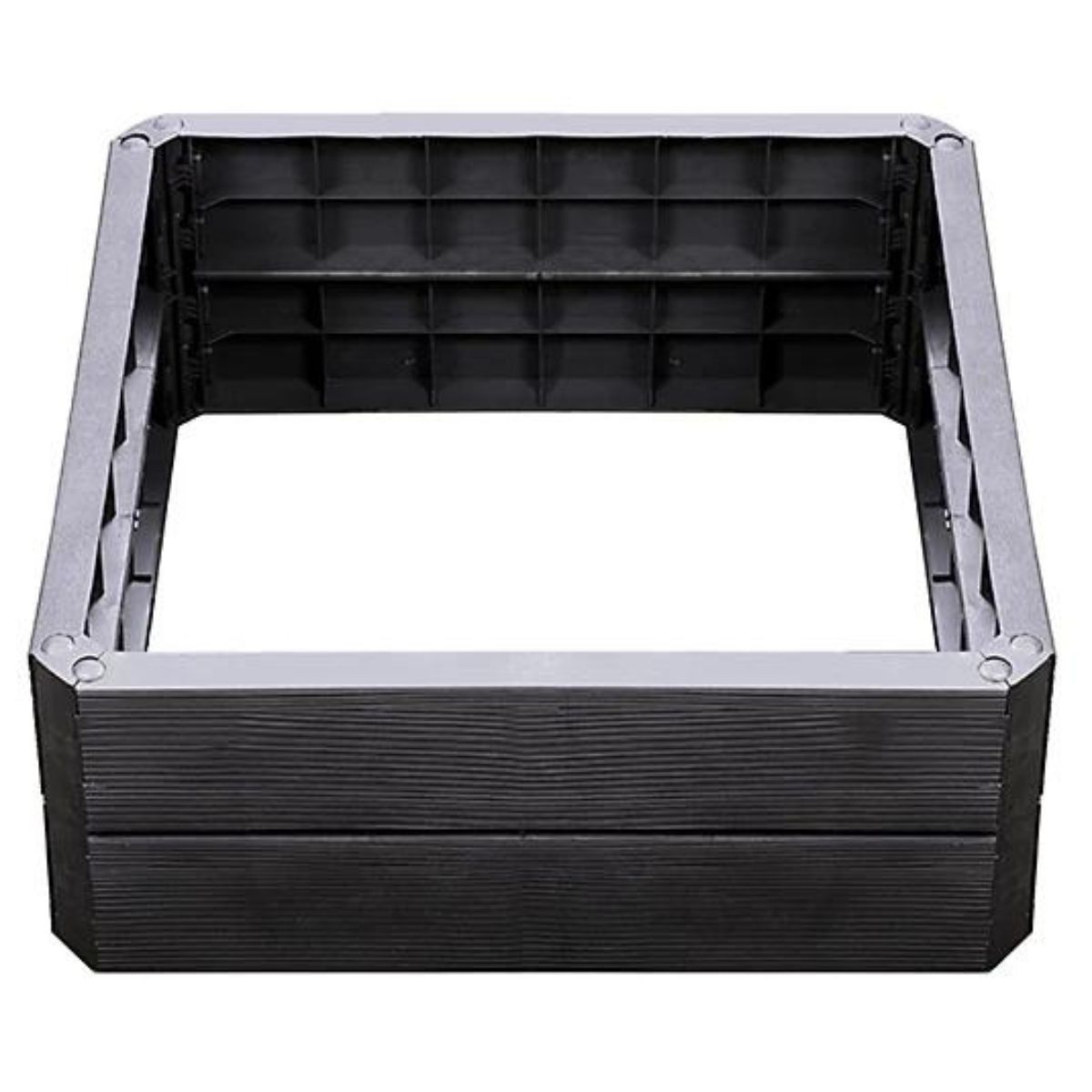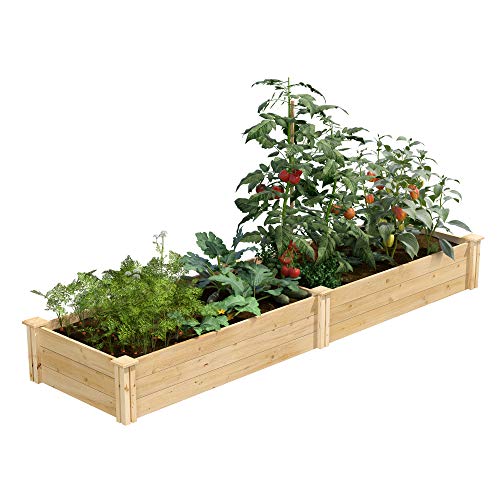"I Have 14 Raised Vegetable Beds in my Yard — These 6 Tricks Will Help You Grow Better in Yours This Year"
Professional garden designer and vegetable-growing expert Jen McDonald knows the secrets to getting more produce from your raised containers
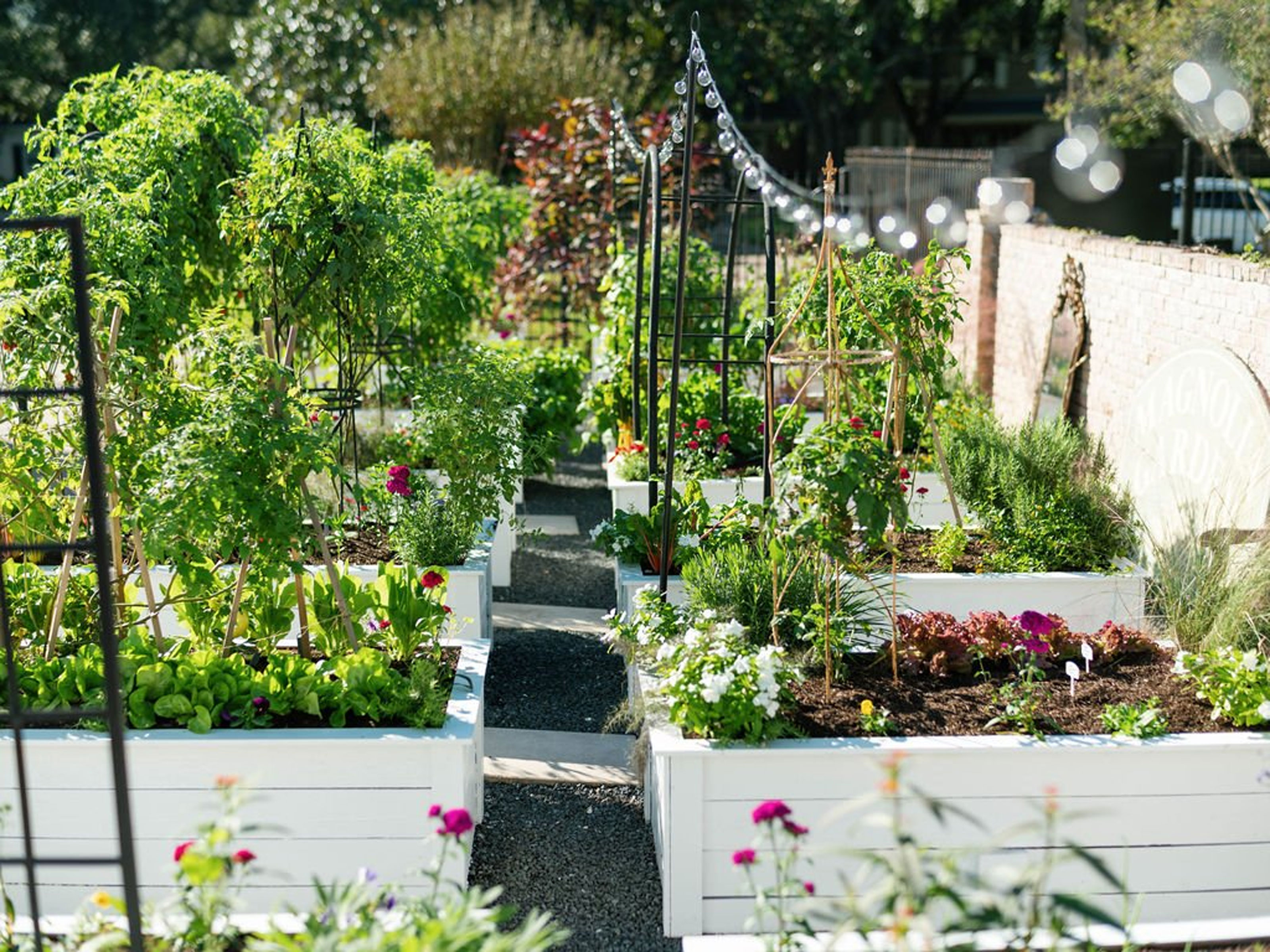

Is there anything more satisfying than growing your own fruit and vegetables? Whether you've got a large or small yard, an urban or a rural plot of land, raised garden beds are the great leveler when it comes to producing edible crops. They're easy to manage, and still offer opportunities to grow all kinds of produce.
You'll find that there are a lot of raised bed kits that are easily assembled too, meaning starting your own vegetable garden is super achievable. Home growing is something you could start as quickly as in a weekend.
However, if you're new to the world of raised beds, there are some things you need to know before you begin. To make sure you know exactly how to make the most of your beds, and grow the most and best quality produce, I asked someone who has got just a little bit of experience with them. Jen McDonald, garden designer and co-founder of Texas-based Garden Girls specializes in designing edible gardens (and she's got no less than 14 raised beds in her own yard). Here's her top tips.
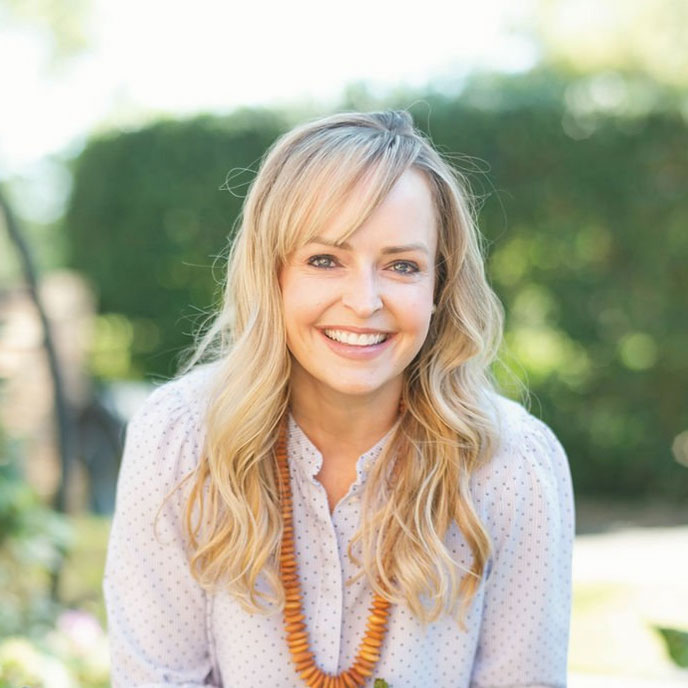
Jen McDonald is a garden designer and co-founder of Garden Girls, based in Houston, Texas. With 14 raised garden beds and over 400 square feet of garden space, Jen grows everything from peanuts to pumpkins, amaranth to artichokes. Her goal is to “elevate the everyday” through kitchen garden design and turnkey installation.
1. Pick a comfortable size
Before you invest time or money into vegetable container gardening, whether you're buying a raised bed kit or building your own, make sure you're designing for comfort, not just looks, suggests Jen. 'I love a 2’ high garden bed because it’s not only beautiful but much more comfortable to tend,' the garden designer explains. 'Also, the width should be no more than 4 feet. Anything more than that becomes difficult to tend and harvest.'
2. Position for sunlight
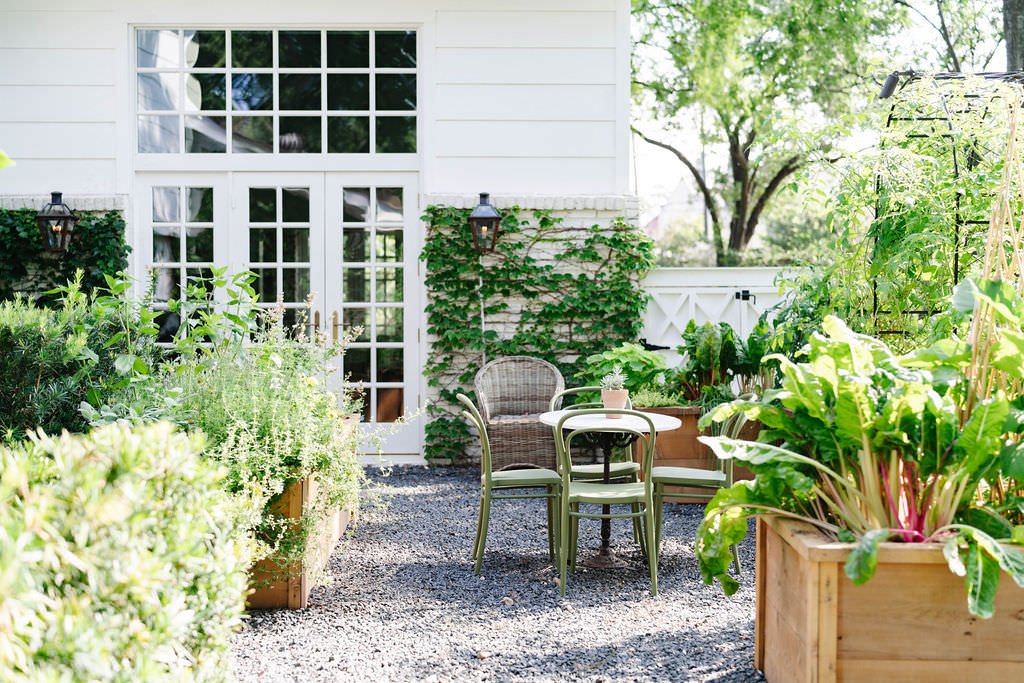
If you're unsure where to put your raised beds in your yard, there's one element that really should dictate above all else. 'When choosing a location for a raised garden bed, sunlight is the number one factor,' Jen explains. 'Fruiting vegetables like tomatoes, peppers and eggplant require 6-8 hours of direct sunlight per day. Lettuces, greens and herbs are happy with 4 hours per day.'
'If you can situate your garden on the south side of your home, this is often the preferred spot,' Jen adds, 'however, in some instances, outdoor shade from trees or other structures may determine where to place your garden beds.'
3. Plant intensively
In traditional vegetable gardens, you'll see crops planted neatly in spaced out rows. While this is useful for giving access to tend vegetables grown in the ground, in raised beds, you can happily take a 'busier' approach to the layout of your produce. 'Planting intensively means that we can pack in loads of trailing herbs and vegetables,' Jen says. 'It also looks incredible!'
It's the best way to make the most of a small vegetable garden.
4. Add an irrigation system
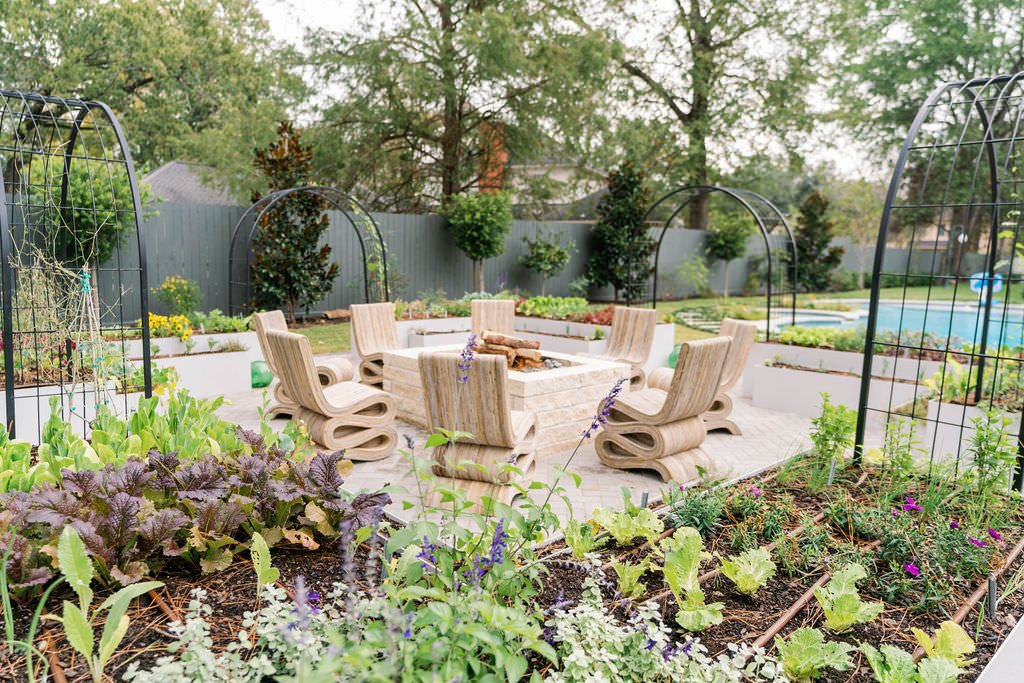
'If I could recommend one thing to make gardening easier in 2024 it would be installing drip irrigation in raised vegetable and herb beds,' Jen suggests.
It may not be on your radar if you're a beginner vegetable gardener, but investing now will make all your future growing simpler, and less effort. 'Automating irrigation means less time hand watering, lower water bills, and healthier plants,' Jen says. 'The newest irrigation systems have sensors for rain and adjust themselves according to the weather and season.'
A simpler drip irrigation system, like this one from Amazon, can be useful for raised beds, and they're affordable, too.
5. Plant perennials alongside
Raised beds might look fantastic when all your produce is in season and the climate is ideal, but they can often become a garden eyesore at in particularly cold winters and hot summers. To make your raised beds have a little more year-round appeal as landscaping, think about what you plant alongside.
'A recommendation would be to choose hardy perennials to anchor spaces,' Jen says. 'In the Deep South, where we normally experience mild winters and blazing hot summers, our temperatures have been all over the place. Adding in keystone perennials and natives adds life to landscapes that may suffer during rough months.'
6. Add a trellis between raised planters
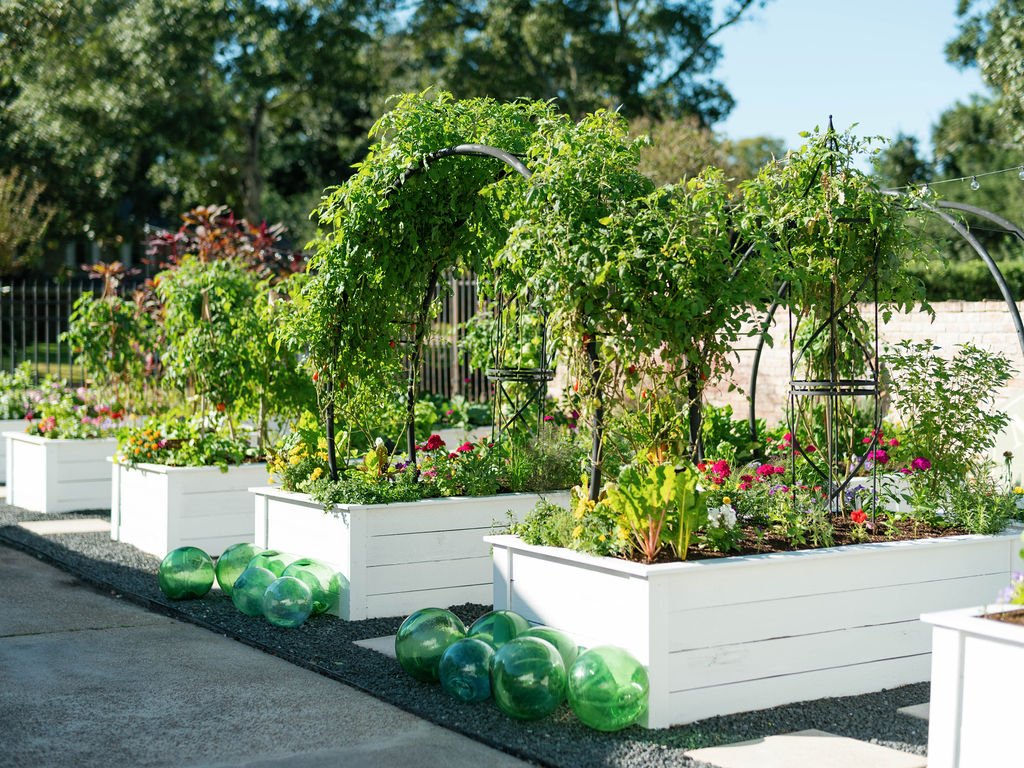
The one thing we noticed in most of garden designer Jen's vegetable raised beds? Arched garden trellis connecting beds together. So, what's the idea?
'Adding in arch trellises increases garden space and incorporates visual interest,' Jen says. 'Even when they stand alone in an off-season, they bring beauty and frame the garden space beautifully, but you can also grow everything from snap peas to pole beans, morning glory to vining rudbeckia, cucumbers to watermelon!'
Be The First To Know
The Livingetc newsletters are your inside source for what’s shaping interiors now - and what’s next. Discover trend forecasts, smart style ideas, and curated shopping inspiration that brings design to life. Subscribe today and stay ahead of the curve.

Hugh is Livingetc.com’s editor. With 8 years in the interiors industry under his belt, he has the nose for what people want to know about re-decorating their homes. He prides himself as an expert trend forecaster, visiting design fairs, showrooms and keeping an eye out for emerging designers to hone his eye. He joined Livingetc back in 2022 as a content editor, as a long-time reader of the print magazine, before becoming its online editor. Hugh has previously spent time as an editor for a kitchen and bathroom magazine, and has written for “hands-on” home brands such as Homebuilding & Renovating and Grand Designs magazine, so his knowledge of what it takes to create a home goes beyond the surface, too. Though not a trained interior designer, Hugh has cut his design teeth by managing several major interior design projects to date, each for private clients. He's also a keen DIYer — he's done everything from laying his own patio and building an integrated cooker hood from scratch, to undertaking plenty of creative IKEA hacks to help achieve the luxurious look he loves in design, when his budget doesn't always stretch that far.
-
 My 10 Favorite Designs at Milan Design Week 2025 — Out of the Hundreds of Pieces I Saw
My 10 Favorite Designs at Milan Design Week 2025 — Out of the Hundreds of Pieces I SawThere is a new elegance, color, and shape being shown in Milan this week, and these are the pieces that caught my eye
By Pip Rich
-
 Iridescence Is Chrome’s More Playful, Hard-to-Define Cousin — And You're About to See It Everywhere
Iridescence Is Chrome’s More Playful, Hard-to-Define Cousin — And You're About to See It EverywhereThis kinetic finish signals a broader shift toward surfaces that move, shimmer, and surprise. Here's where to find it now
By Julia Demer
